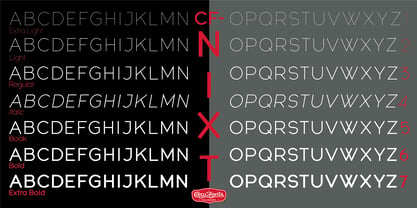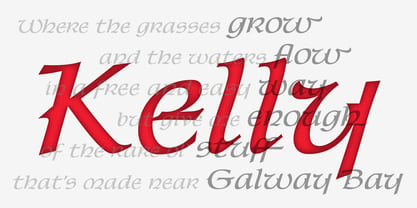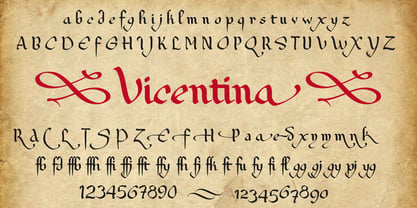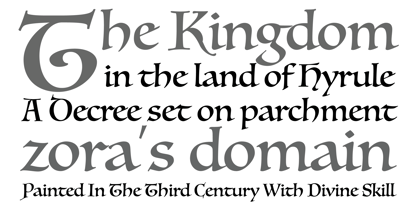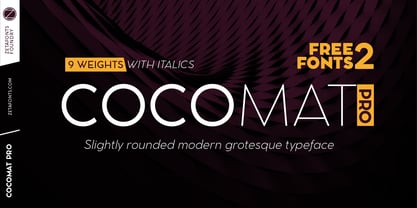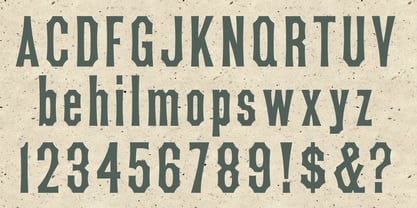10,000 search results
(0.053 seconds)
- CrappyGothic - Unknown license
- FHA Tuscan Roman by Fontry West,
$20.00 - Romance Fatal Goth Versal - Personal use only
- CF Nixt by CozyFonts,
$20.00 - Europe Underground - Personal use only
- East Anglia - 100% free
- Fraktur-Schmuck - Personal use only
- Neverwinter - Unknown license
- Sepulcra - Personal use only
- Mephisto™ - Unknown license
- Wolf's Bane Expanded Italic - Personal use only
- Stonecross - Unknown license
- Gaheris Demo - Unknown license
- Schwabacher - Personal use only
- P22 Kelly by IHOF,
$39.95 - Pilsen Plakat - Unknown license
- Engravers by Linotype,
$39.00 - Vicentina by Eurotypo,
$39.00 - Schoonheid by Fauzistudio,
$12.00 - Luminari by Canada Type,
$29.95 - 5 Fingered Goth SWTrial - Unknown license
- Cocomat Pro by Zetafonts,
$39.00 - raxye - Personal use only
- id-Kaiou-LightOT - Personal use only
- Rational Integer - Unknown license
- Black Metal G - Unknown license
- Exquisite Corpse - 100% free
- Fiolex Mephisto - 100% free
- Twilight - Unknown license
- Louvaine - Unknown license
- Conrad Veidt - 100% free
- FlutedGermanica - Unknown license
- morevil - Unknown license
- Dead Letter Office - Unknown license
- Locked Window - Unknown license
- Wicked Queen BB - Personal use only
- Minster No 1 - Unknown license
- MPI Tuscan Extra Condensed by mpressInteractive,
$5.00 - Acolyte by Altered Ego,
$45.00 - Fette Gotisch by Linotype,
$29.99



